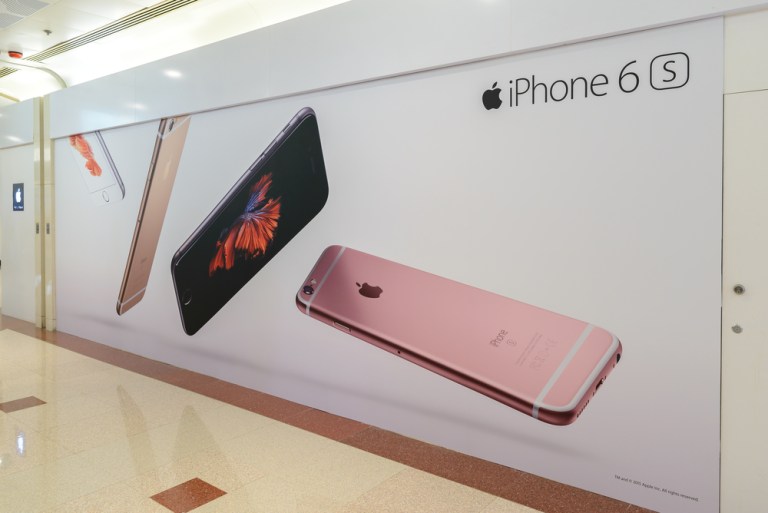
Apple may soon post its first decline in iPhone sales as the company’s Asian suppliers brace for lower revenues and decreased orders of the device this quarter, Reuters reported late last week.
According to Reuters, industry experts believe that the weakening demand for Apple’s iPhone 6s and 6s Plus is largely due to the latest iteration of its mobile devices not having enough new and innovative features compared to previous models.
Apple is scheduled to report its December quarter results tomorrow (Jan. 26) but has yet to comment on the numerous suppliers who have posted forecasts of diminishing sales due to the reported iPhone slump.
Earlier this month, Taiwan Semiconductor Manufacturing (TSMC), a manufacturer of the chips that Apple uses to run its mobile phones, forecasted an 11 percent drop in first quarter revenue compared to the previous year. The company is laying the blame on slowing demand in the market for high-end smartphones. The making of Apple components reportedly constitutes nearly 20 percent of TSMC’s sales.
The expected slowdown in iPhone sales has left many suppliers predicting big revenue hits.
Another Apple supplier, camera module manufacturer Largan Precision, recently told The Wall Street Journal that it is also expecting a weak first quarter, while the company that produces the iPhone’s metal casings, Catcher Technology, is predicting its revenue would be flat from a year earlier.
“Visibility is only a month at a time, and demand is quite weak,” Largan Precision Chief Executive Adam Lin told an earnings briefing, referring to his company’s overall business, Reuters reported.
The latest iPhone model may also experience production cuts in the coming months, according to Nikkei Asian Review. The business daily said inventories of Apple’s iPhone 6s and 6s Plus have swelled since the phones were released last September, and production may be reduced by as much as 30 percent until dealers are able to go through their current stock.
“This is an eye-opening production cut, which speaks to the softer demand that Apple has seen with 6s out of the gates,” FBR Capital Markets Analyst Daniel Ives told Reuters earlier this month. “The Street was bracing for a cut, but the magnitude here is a bit more worrisome.”
While Apple is expected to turn things around when it comes to its iPhone sales later this year, when the company typically brings new products to market, some suppliers seem to be a bit skeptical that it can out-innovate its growing competition.
“The pace of innovation has slowed. Apple is going toward the same direction as other brand names,” another Taiwanese Apple supplier told Reuters.